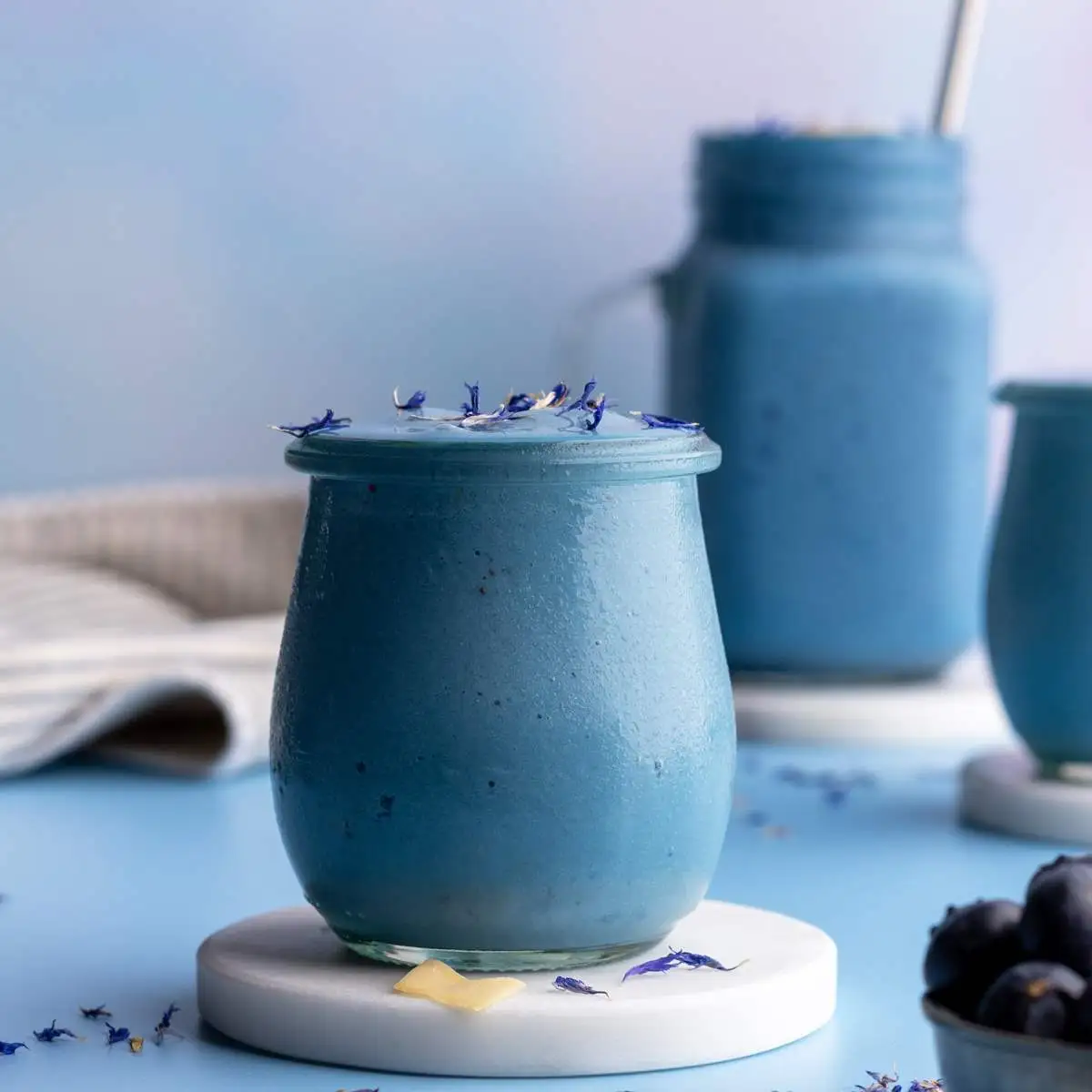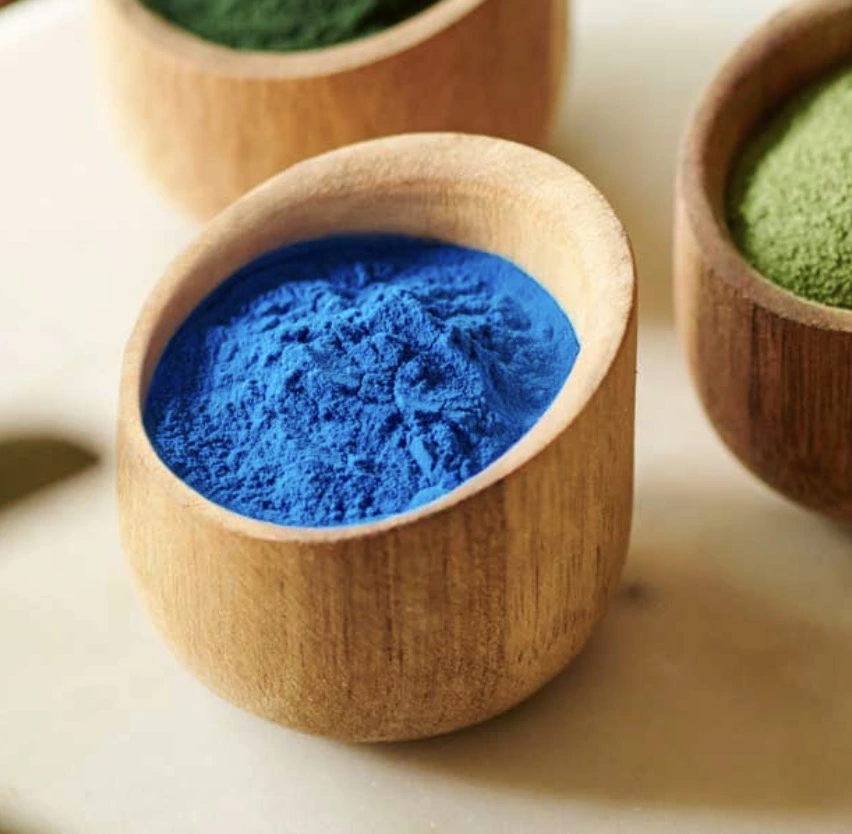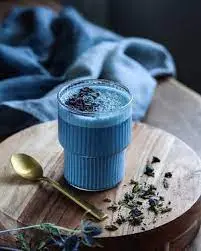How does phycocyanin compare to artificial blue colorings?
In recent years, there has been a growing demand for natural food colorings as consumers become more health-conscious and wary of artificial additives. One such natural alternative that has gained significant attention is phycocyanin, a vibrant blue pigment derived from spirulina algae. But how does this natural blue coloring stack up against its artificial counterparts? Let's dive deep into the world of food coloring and explore the benefits and applications of phycocyanin.

Phycocyanin vs Artificial Blue: Health Benefits
Safety Profile
Phycocyanin offers a clear edge in food safety compared to artificial blue dyes. Extracted from spirulina, a nutrient-rich blue-green algae, it is recognized as a natural and safe food coloring. With a long history of human consumption, phycocyanin has built a strong reputation for safety and reliability. Artificial blue colorings, however, have raised concerns due to links with possible health risks and adverse reactions in sensitive individuals, making phycocyanin a preferred alternative in the pursuit of clean-label ingredients.
Nutritional Value
Phycocyanin stands apart from artificial blue dyes by offering both color and nutrition. As a protein-pigment complex derived from spirulina, it delivers essential amino acids, antioxidants, and trace minerals that support overall wellness. These nutrients contribute to its reputation as more than a coloring additive, positioning phycocyanin as a functional ingredient with added health value. Unlike synthetic alternatives that provide no nutritional benefit, phycocyanin combines vivid natural color with meaningful dietary contributions, making it a preferred choice in modern food formulations.
Antioxidant Properties
A standout feature of phycocyanin is its powerful antioxidant capacity. This vibrant blue pigment helps combat harmful free radicals, supporting the body’s defenses against oxidative stress and inflammation. Its bioactive properties make phycocyanin more than just a natural colorant—it contributes directly to health and wellness. In contrast, artificial blue dyes lack any biological activity. As purely synthetic compounds, they provide color alone without offering the protective or restorative benefits associated with phycocyanin’s antioxidant potential.
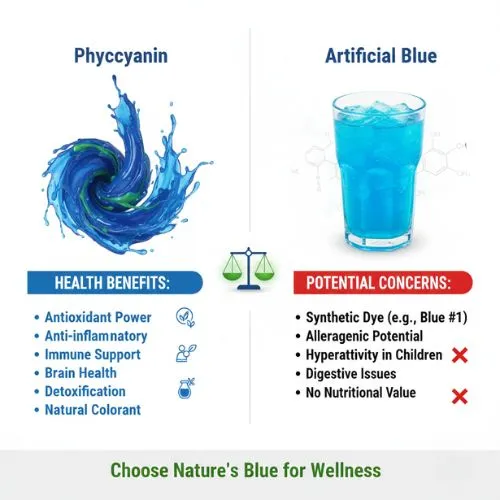
Natural Blue Coloring: Why Choose Phycocyanin?
Consumer Preference
In today's market, there's a clear shift towards natural and clean label products. Consumers are increasingly seeking out food and beverages that contain natural ingredients, including colorings. Phycocyanin, being derived from a natural source, aligns perfectly with this consumer trend. Its use in products can enhance brand perception and appeal to health-conscious consumers who prefer natural alternatives over artificial additives.
Regulatory Approval
Phycocyanin has received regulatory approval in many countries as a natural food coloring. In the United States, it's recognized as Generally Recognized as Safe (GRAS) by the FDA. This regulatory acceptance provides food manufacturers with confidence in using phycocyanin as a coloring agent, knowing it meets stringent safety standards. Some artificial blue colorings, on the other hand, face ongoing scrutiny and restrictions in certain markets.
Versatility in Applications
While artificial blue colorings have been widely used due to their stability and consistency, phycocyanin is proving to be a versatile alternative. It can be used in a variety of food and beverage applications, from confectionery and dairy products to beverages and baked goods. With advancements in extraction and stabilization techniques, the range of applications for phycocyanin continues to expand, offering food manufacturers more options for natural blue coloring.

Phycocyanin Uses in Food and Beverage Industry
Confectionery
The confectionery industry has embraced phycocyanin as a natural blue coloring for various products. From hard candies and gummies to chocolates and icings, this vibrant blue pigment adds an appealing hue without the need for artificial additives. Its ability to create a range of blue shades, from light sky blue to deep navy, makes it a versatile option for confectioners looking to create visually striking treats using natural ingredients.
Dairy Products
In the dairy industry, phycocyanin is increasingly used in products such as yogurt, ice cream, and flavored milk. Its natural origin aligns well with the growing demand for clean-label and organic offerings, making it a valuable choice for health-conscious consumers. Beyond its safety and functionality, phycocyanin provides a vibrant blue shade that can stand alone or be blended with other natural pigments, allowing manufacturers to achieve a diverse range of attractive colors in dairy-based applications.
Beverages
The beverage sector is actively embracing phycocyanin for its visual and functional appeal. Used in sports drinks, energy beverages, cocktail mixers, and flavored waters, this natural blue pigment delivers striking color that captures consumer attention. Its excellent water solubility ensures seamless integration into liquid formulations, while its stability across different pH levels makes it versatile for diverse beverage categories. As demand for natural ingredients grows, phycocyanin offers manufacturers a clean-label solution that enhances both product aesthetics and market appeal.

Conclusion
Phycocyanin emerges as a superior alternative to artificial blue colorings, offering numerous health benefits, aligning with consumer preferences, and providing versatility in food applications. Its natural origin, nutritional value, and antioxidant properties set it apart from synthetic options. As the food industry continues to evolve towards cleaner labels and natural ingredients, phycocyanin is poised to play an increasingly important role in food coloring.
Are you looking to incorporate natural blue coloring into your products? As a leading phycocyanin supplier, Yangge Biotech offers high-quality, natural phycocyanin powder derived from blue spirulina. Our product is perfect for various food and beverage applications, providing vibrant color while meeting clean label demands. Contact us at info@yanggebiotech.com to learn more about how our phycocyanin can enhance your products naturally.
FAQ
Q: Can we get some samples to test before purchasing?
A: Of course, we can provide free samples of 20 to 100 grams, but the shipping cost is at the customer's expense. The shipping cost can be deducted from the next order, or the samples can be sent through your courier account.
Q: Do your products have relevant certifications?
A: Yes, our products are certified for HALAL, ISO, HACCP, Kosher, and other certifications.
Q: What is the minimum order quantity (MOQ)?
A: Small batches of samples can be customized according to your requirements.
Q: Do you offer OEM and ODM services? Can the formula be customized based on our own?
A: Of course, we provide ODM and OEM services to many customers. Our product range includes softgels, capsules, tablets, sachets, granules, and private label services. Simply contact us and let us know your requirements. Our experienced R&D team can also develop new products with specific formulas.
Please contact us to design your own branded products.
Q: How do you handle quality complaints?
A: First, we have a comprehensive quality control SOP. We provide authoritative third-party inspection reports for almost all products before shipment to minimize the possibility of quality issues. Second, we have a comprehensive return and exchange procedure. If there is a genuine quality dispute, we will strictly follow the SOP.
Q: How do you ship? How long does delivery take?
A: For small orders, we typically use DHL, UPS, EMS, FedEx, or TNT. Delivery typically takes 3-7 days. We also offer air and sea freight services. We have a strong freight forwarding team and can provide you with a one-stop service, including DDP and DDU.
Q: What are your payment terms?
A: 100% prepayment, payable by T/T, Western Union, MoneyGram, or PayPal.
Q: What is the shelf life of your products?
A: 2 years with proper storage.
Q: Is the packaging environmentally friendly?
A: We attach great importance to environmental protection and are constantly improving our product packaging. Some products are packaged in recyclable paper. Packaging materials are carefully selected to ensure product safety during transportation and storage, and to minimize environmental impact. We are committed to achieving a balance between environmental friendliness and practicality in our product packaging, and to contributing to sustainable development.
References
1. Johnson, A. K., & Smith, B. L. (2021). Comparative analysis of natural and artificial food colorings: A comprehensive review. Journal of Food Science and Technology, 58(3), 891-905.
2. Chen, M., Li, Y., & Sun, Q. (2020). Phycocyanin: Properties, applications, and future perspectives in the food industry. Trends in Food Science & Technology, 99, 308-319.
3. Rodriguez-Sanchez, R., Ortiz-Butron, R., & Blas-Valdivia, V. (2019). Phycocyanin as a potential natural blue colorant in food products: A review. Critical Reviews in Food Science and Nutrition, 59(11), 1829-1843.
4. Wang, L., Pan, B., & Sheng, J. (2018). Bioavailability and stability of phycocyanin in food systems: A comprehensive review. Food Chemistry, 245, 1054-1060.
5. Newsome, A. G., Culver, C. A., & van Breemen, R. B. (2017). Nature's palette: The search for natural blue colorants. Journal of Agricultural and Food Chemistry, 65(36), 7875-7884.

Based on your location and order quantity, you will have the opportunity to receive a limited time free shipping promotion!
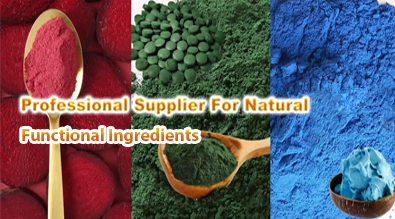
Who we are
